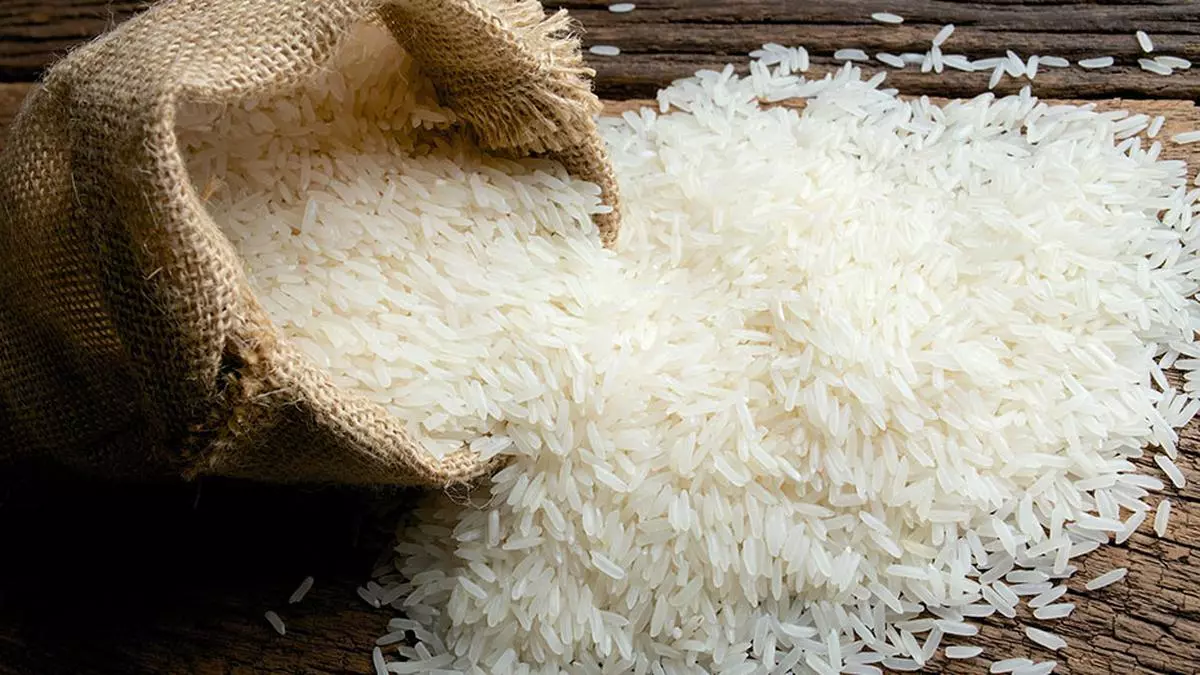India decides to lift ban on exports of white rice with $490/tonne floor price
The Indian government has decided to lift the ban on non-basmati white rice exports with immediate effect but will impose a $490 a tonne minimum export price (MEP), a top government official has said.
“The Government has decided to lift the ban on white rice. The Directorate-General of Foreign Trade (DGFT) will come out with the notification allowing the export of white rice in a while,” the official told businessline. Barring the MEP of $490, any condition for the export is unlikely.
The DGFT will have to come out with a notification since policy decisions on exports are taken by it as an arm of the Ministry of Commerce.
Finance Ministry move
The decision to allow the export of white rice comes on the heels of the Department of Revenue, an arm of the Finance Ministry, reducing the export duty to zero. The duty has been in force since September 2022, when the Government banned exports of broken rice.
Late on Friday, the Department of Revenue issued a notification reducing the duty on parboiled rice to 10 per cent from 20 per cent. Duty on husked and brown rice has also been reduced similarly.
Reacting to the development, BV Krishna Rao, President, The Rice Exporters Association of India, said, “The trade welcomes the move to lift the ban on white rice export and cut the duty on parboiled rice exports. However, we fail to understand the logic behind the 10 per cent duty for parboiled rice and $490/tonne MEP for white rice.”
‘Not a big issue’
M Madan Prakash, President of Agricultural Commodities Exporters Association, said despite the MEP, India coud export a good volume of white rice.
“We were trying to convince buyers to switch to parboiled rice. Now that the ban goes, the MEP is not a big issue,” he said.
Trade sources the policy to fix MEP on white rice export and impose 10 per cent export duty on parboiled rice was “divergent”.
Rao said his association would represent the Government to set right “this divergent policy”.
“The entire trade is happy since we will be back in the global market and will be able to win our old clients back,” Rao said.
Ban background
In July 2023, the Centre imposed a ban on exports of white rice due to fears that deficient rainfall would affect rice production. This was after it imposed the 20 per cent export duty in September 2023.
In August 2023, the government imposed the 20 per duty on parboiled, brown and husked rice after the emergence of El Nino resulted in deficient rainfall in key paddy-growing areas.
Despite El Nino affecting a fourth of the country, rice production was estimated at a record 137.83 million tonnes by the Ministry of Agriculture earlier this week. It is higher than the 135.76 million tonnes produced in 2022-23.
The ban resulted in India’s non-basmati rice exports dropping to 11.12 million tonnes in the 2023-24 fiscal compared with 17.79 million tonnes in 2022-23.
This year, the kharif area under rice has increased higher than the normal 401.55 lakh hectares to 409.5 lakh hectares. However, excess rains in some of the growing areas such as Telangana, Andhra Pradesh, Jharkhand and southern West Bengal have raised concerns over the conditions of paddy crop.
India’s ban resulted in prices of rice increasing in the global market to nearly $600 a tonne. Thailand, Vietnam and Pakistan gained due to India’s rice export curbs.
